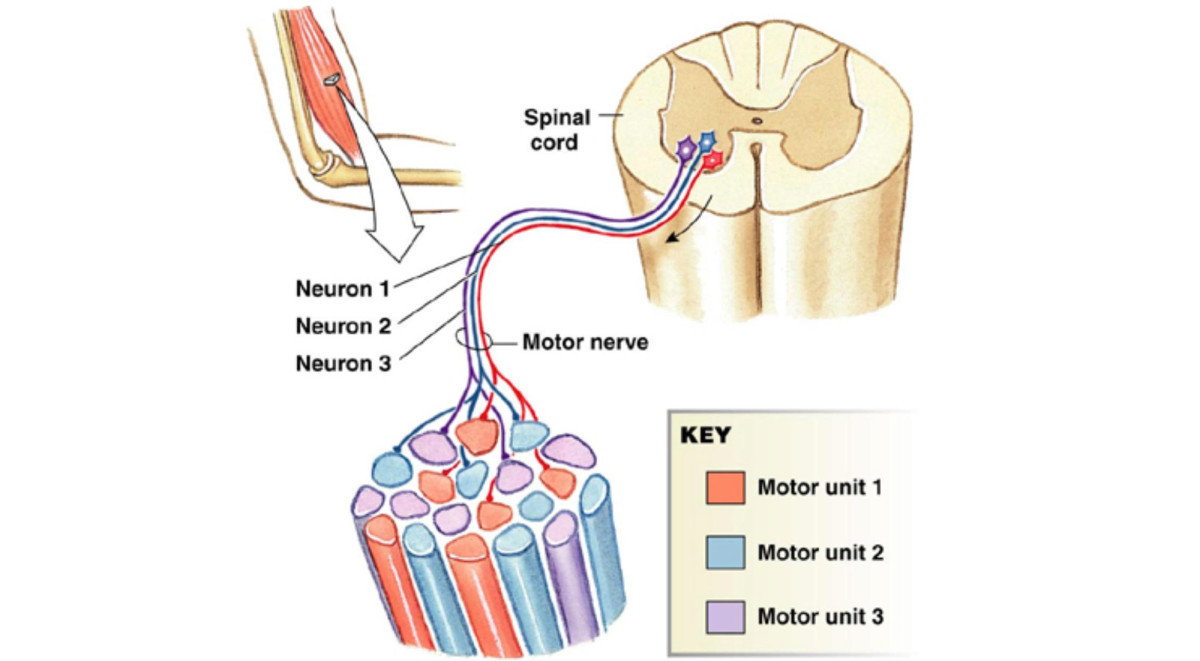
ALS is a progressive, usually fatal, neurodegenerative disease caused by the degeneration of motoneurons for which there is currently no cure or effective therapy.
Amyotrophic lateral sclerosis (ALS) is also called Motor Neuron Disease (in the UK),
Maladie de Charcot (in France), and Lou Gehrig’s Disease (in the US), named after the famous baseball player who died from this illness in 1941.
Motoneurons are large nerve cells that are found in the brain and spinal cord.
Motoneurons in the spinal cord (lower motoneurons) send nerve fibers out of the spinal cord to control skeletal muscles, including those that make us walk, talk and breathe.
When these motoneurons degenerate, muscles throughout the body become weaker and atrophied, resulting in gradual paralysis. In ALS motoneurons within specific areas of the brain are also destroyed. These motoneurons called upper motoneurons send nerve fibers down from the brain to control the lower motoneurons in the spinal cord.
There is currently no clinical test that provides a definitive diagnosis of ALS, although the presence of upper and lower motoneuron clinical signs is strongly suggestive. Therefore, since there are no reliable biomarkers for this disease, the diagnosis of ALS is primarily based on the symptoms and signs observed by the physician and on a serie of tests that exclude other possible diagnosises.
The need for the development of a reliable biomarker for this devastating disorder therefore remains of critical importance. This will not only provide the patients with a much needed definition of their condition, but will help to identify patients at an earlier stage of the disease so that they will have a better chance of responding to any therapeutic interventions.
